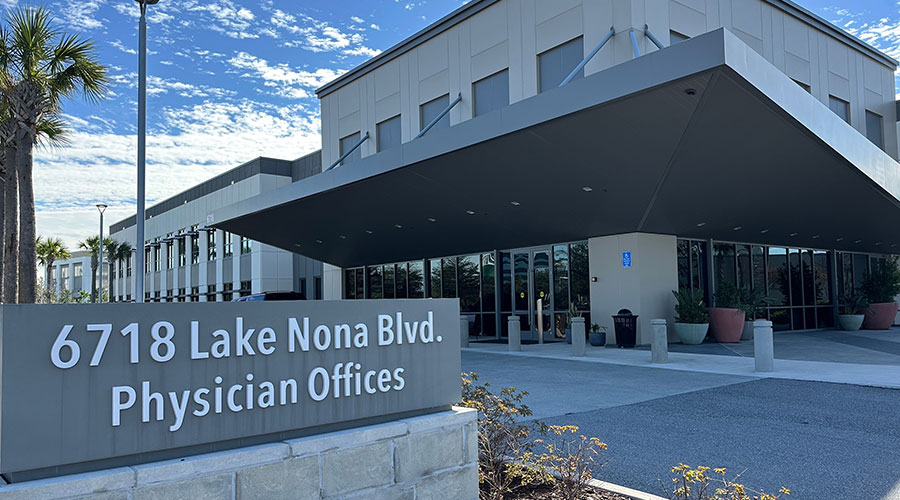The technological gap between payers, providers, and patients is exacerbating a growing disconnect in healthcare. The result has been higher balances for patients, slower and smaller collections by medical providers, and frustration all round.
The latest InstaMed report on Trends in Healthcare Payments paints a picture of confusion, misunderstanding and outdated technology, with no clear path to easy resolution for many providers and insurance companies.
These trends are no surprise to Michael N. Brown, CEO of Fellow Health Partners and he’s determined to do something to help both patients and providers.
He said, “Even though this trend was already well underway when we built Fellow Health Partners, we continued to see provider practices where all billing was done on paper, where health records weren’t electronic, and where staff were overwhelmed by too much work and not enough support.”
He added, “We saw problems in hospitals and even in ambulatory surgery centers, where billing had been outsourced to impersonal overseas companies that lacked the personal touch necessary to calm patients, to answer questions from physicians and administrators, and to deal with increasingly obstructionist insurance companies.”
The InstaMed report noted that over 50% of all payers still deliver paper checks to providers, even as the country moves rapidly towards mobile and digital banking. In spite of this trend, over 90% of providers still leverage paper and manual processes for collections, slowing billing, payments, and accounts receivables.
Among consumers of health care, things are no better. Over 70% of patients are confused by their Explanation of Benefits and by their medical bills. Almost half received an unexpected bill and nearly one-quarter of all patient responsibilities are now sent to collections. Today, over 80% of providers cannot collect $1,000+ invoices within 30 days.
These statistics encourage Mr. Brown because they validate the Fellow Health Partners’ business and service model.
He commented, “That’s why we built our company specifically to meet these growing needs. We created a Knowledge College to provide ongoing training for all our staff – in both billing and in customer service. We wanted patients and providers to be happier. And we wanted to be able to get every penny owed to providers from the insurance companies. At this time, we know of no other medical billing company that provides regular ongoing customer service and billing training for every employee.
We also invested heavily in technology, including a state-of-the art Electronic Medical Records system to help providers speed up billing and we developed our SAVi™ reporting system to increase transparency for providers and patients.”
In this changing world, patient loyalty is now at risk. According to the study, 8 out of 10 patients said that they would switch providers for “convenience factors” such ePayments and 6 out of 10 said they might switch for a better healthcare payments experience. The vast majority (71%) want eStatements but only 17% get theirs electronically.
Yet, there is good news too. Nearly 80% of patients still look to their providers to help them achieve an overall level of happiness and life satisfaction. This suggests that the right blend of conscious empathy and updated technology can help providers maintain a competitive edge.
Based on this research, Mr. Brown concluded, “This is a very tough time for patients and for providers, as well as their staff. It’s putting pressure on hospitals, surgery centers, and insurance companies. Our goal is to help relieve some of that pressure, to help introduce more balance into the process, and to help both providers and patients by optimizing appropriate technologies and enhanced customer service.”
 States Move Forward to Better Protect Senior Citizens
States Move Forward to Better Protect Senior Citizens Archer and REDA to Transform Newport Beach Building into Outpatient Center
Archer and REDA to Transform Newport Beach Building into Outpatient Center Sunflower Medical Group Facing Lawsuit Following January Data Breach
Sunflower Medical Group Facing Lawsuit Following January Data Breach Nemours Children's Health Opens New Location in Lake Nona
Nemours Children's Health Opens New Location in Lake Nona Enhancing Safety at Hennepin Healthcare with a Screening System
Enhancing Safety at Hennepin Healthcare with a Screening System